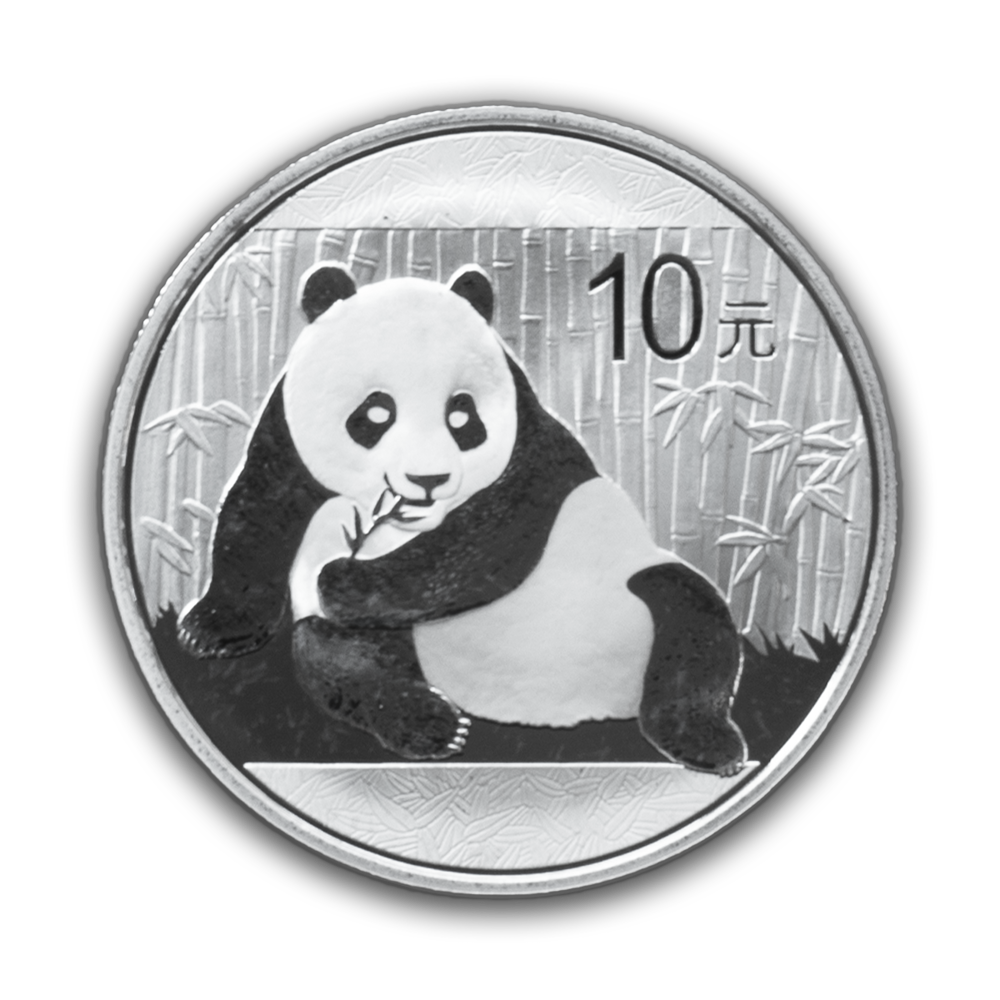Posted on October 15, 2021

As the world’s second-largest economy, China has a strong need for coin minting. And if anyone knows how to mint coins, it should be the Chinese who have a long and storied history of coinage. China may, in fact, be the home of the world’s oldest mint.
Currently, three Chinese mints manufacture and distribute precious metals coinage and other products throughout the country.
As an arm of the People’s Bank of China, the China Mint produces and distributes all currency and coinage in mainland China. Along with being the official mint of the People’s Republic of China, the China Mint is also partly controlled by the China Gold Coin Incorporation. The mint has locations in these Chinese cities:
 Coinage has been a part of Chinese history for thousands of years, but the China Mint was only established recently. China’s first government-controlled mint came along in 1896, and about 25-years after, the Shanghai Mint was founded to produce the country’s coinage. However, in the 1930s, the mint was forced to relocate after the Japanese invaded China. Then, one decade later, during World War II, everything changed for China. The Chinese nationalist forces fled to Taiwan and established their own mint, while the communist forces led by Mao Zedong fought with Japan. When the dust settled and China prevailed, the mint was moved back to Shanghai in 1946.
Coinage has been a part of Chinese history for thousands of years, but the China Mint was only established recently. China’s first government-controlled mint came along in 1896, and about 25-years after, the Shanghai Mint was founded to produce the country’s coinage. However, in the 1930s, the mint was forced to relocate after the Japanese invaded China. Then, one decade later, during World War II, everything changed for China. The Chinese nationalist forces fled to Taiwan and established their own mint, while the communist forces led by Mao Zedong fought with Japan. When the dust settled and China prevailed, the mint was moved back to Shanghai in 1946.
Today, the China Mint often goes by its full name, the China Banknote Printing and Minting Corporation, so as not to be confused with the Central Mint located in Taiwan. And because China lacks a natural supply of precious metals to support its minting needs, it imports gold and other metals from countries like Australia, South Africa, and Switzerland.
The China Mint doesn’t just manufacture the country’s circulating coinage but various specialty coins as well. These include:
|
Coin |
Panda |
Chinese Lunar Coins |
Chinese Unicorn Coins |
|
Metals |
Gold, Silver (1 oz only) |
Gold, Silver, Platinum |
Gold, Silver |
|
Sizes |
1/20 oz, 1/10 oz, 1/4 oz, 1/2 oz, 1 oz |
1/2 oz, 2/3 oz, 1 oz |
1/20 oz, 1/10 oz, 1/4 oz, 1/2 oz, 1 oz, 5 oz |
The Central Mint produces and manufactures both commemorative and circulating coins in Taiwan but originally got its start in mainland China. The Central Mint acts as a subsidiary of the Central Bank of the Republic of China operating in Taiwan.
Created in 1920, it was initially based in Shanghai and named the Shanghai Mint. But only eight years later, after the communist regime occupied Shanghai, it was renamed the Central Mint and housed under the Ministry of Finance.
When China underwent civil war in 1949, the Central Mint relocated to Taiwan in order to avoid the Communist regime. Several decades later, in 1976, the Central Mint found its permanent home in the rural area of Northwestern Taiwan. In 2005 the mint expanded its scope of work to produce official seals and national orders within Taiwan.
The mint operates the following business areas:
The Central Mint produces all bullion coinage in Taiwan, and since 2000, has issued coinage for the New Taiwan Dollar with face values of $0.50, $1, $5, $10, $20, and $50. Aside from circulating coinage, the Central Mint produces various commemorative and collectible coinage, including the Chinese Zodiac Coin Series, the Rare Birds of Taiwan Series, and the Blossom Series.
China is different from many countries in that it has a separate refinery that acts as a subsidiary of its mint. The Great Wall Gold & Silver Refinery (previously known as the Refinery of China) produces all gold and silver bars for the People’s Bank of China.
It also operates as a subsidiary of the China Banknote Printing and Minting Corporation, owned by the country’s central bank. Located in Chengdu, a city southwest of Beijing, the Great Wall Gold & Silver Refinery is a part of the China Mint, and the two even share the same facilities.
The Great Wall Gold & Silver Refinery has about 400 employees and a yearly gold refining capacity of 20 metric tons. The refinery produces gold bars in the following sizes:
It’s also worth noting that the Great Wall Gold & Silver Refinery manufactures jewelry from precious metals as well.